Back in the Day

Cowboy C. W. Whissman on his pinto horse and wearing angora chaps in Shawmut, MT, around 1917. The cowboy has ties to vaquero traditions, such as the traditional neckerchief, which could be used to mop up sweat or mask the face from dust. His hat has a wide brim to protect against sun, overhanging brush, and the elements.
Photo: Museum of the Rockies Photo Archive


A parlor in the Red Light District of Miles City. The women who followed the pioneers West in the late 1800s became entrepreneurs through prostitution. Although life could be lively and grim, in Helena, 37 independent property-owning prostitutes accounted for 44% of the real estate transfers.

Mule train on 1,100-foot level, Rarus Mine, Butte, around 1900. Mules were used to pull the cars because they were sure-footed and dependable. Boys too young to be miners or men unable to do the physical labor became their “drivers.” Any miner who hit or kicked a mule was fired because a miner could be replaced but a mule was company property. Man and mule breathed the same unhealthy air and endured cold dark conditions.
Photo: Museum of the Rockies Photo Archive

Newspaper logos from the late 19th century. As new regions were settled, some people would arrive with a printing press and start a newspaper. People were eager to know what was going on. “Boiler plate” features or serials were set on prefabricated plates and brought by steamboat, stagecoach, or railroad. The rest of the type was set by hand. Ads cost $10 a year. Most of these frontier papers still survive in archives or on the Internet.


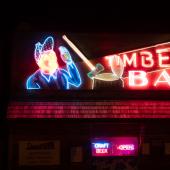
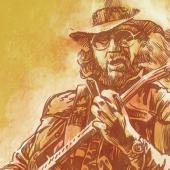
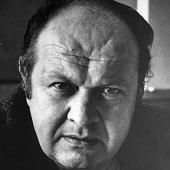
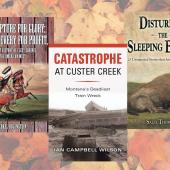
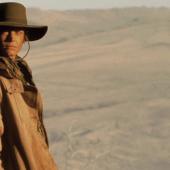
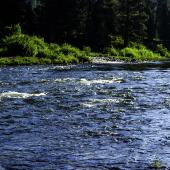


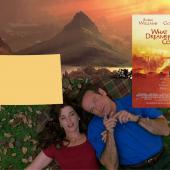
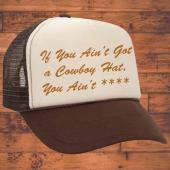
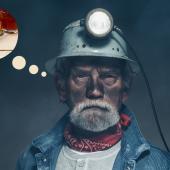
Leave a Comment Here